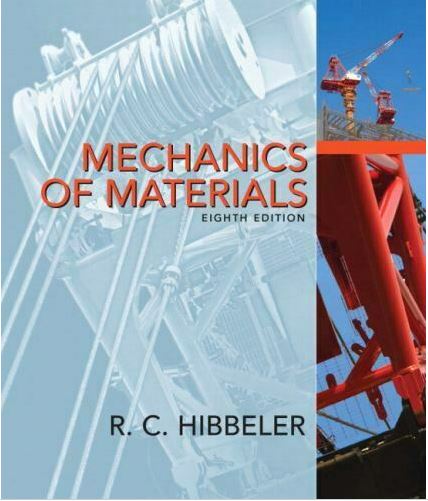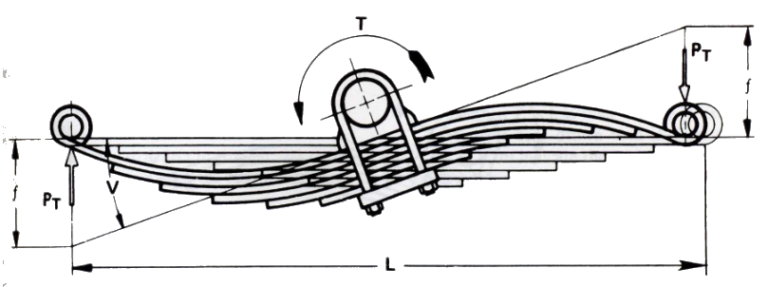Mechanics of Materials 8th Edition Problem – 1.7
The cable will fail when subjected to a tension of 2 kN. Determine the largest vertical load P the frame will support and calculate the internal normal force, shear force, and moment at the cross section through point C for this loading. Support Reactions: Equations of Equilibrium: For point C Sample problems and notes are…









